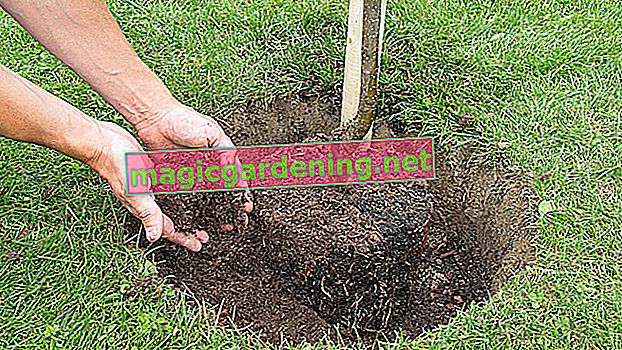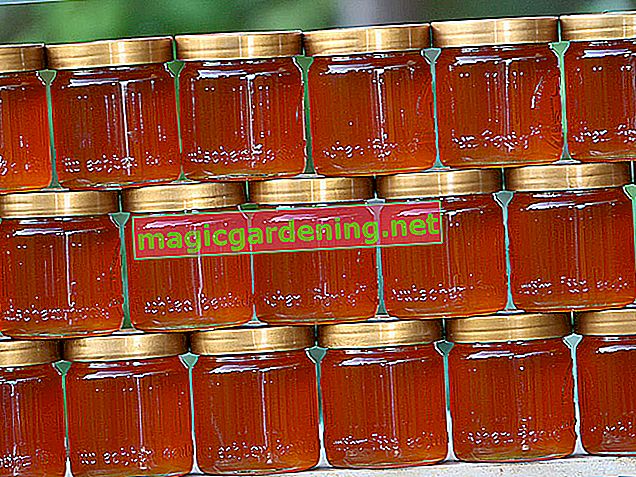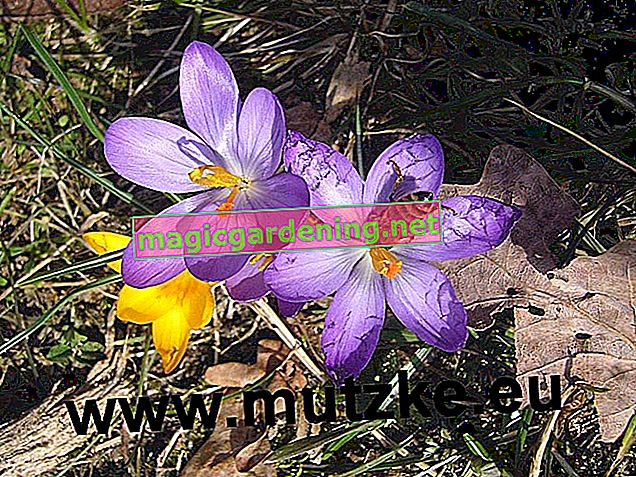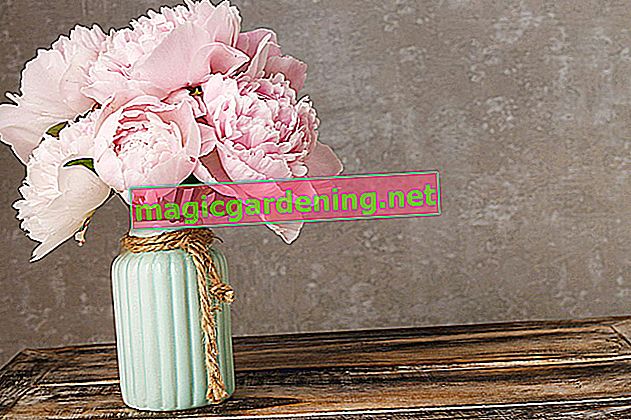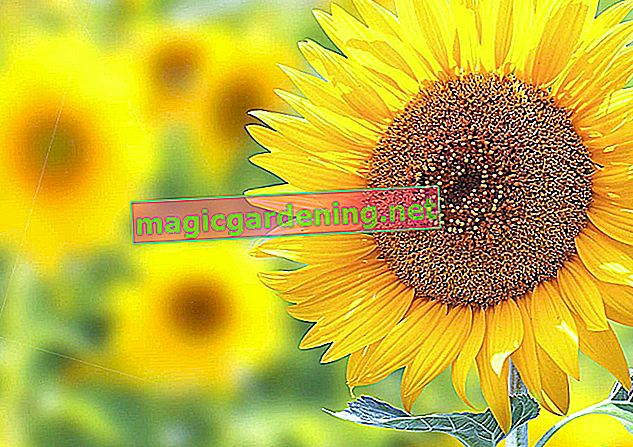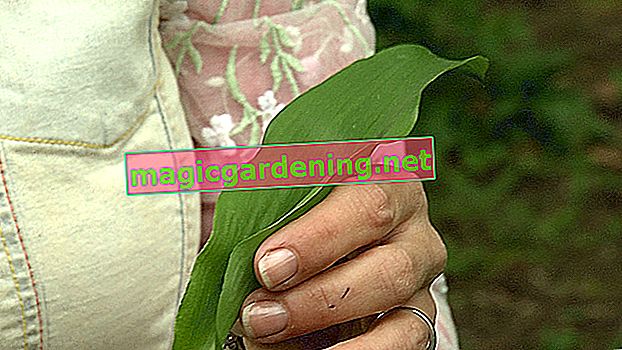
Arugula and Dandelion: Both non-toxic and edible
Wild rocket or garden rucola - due to the serrated leaves, it is easy to confuse the dandelion with rocket. If it is rocket, you can tell by the smell and taste, among other things. Rocket smells pungent and cress-like, and it tastes just the same, while the dandelion leaves are bitter.
also read
- St. John's Wort: Beware of confusion!
- Differentiate between rocket and dandelion
- Dandelions are edible! Recipes with dandelions
Ragwort and dandelion: confusion can have bad consequences
Be careful not to mistake the dandelion for the ragwort! The ragwort is poisonous! How to distinguish ragwort:
- dandelion-like leaves
- Inflorescence is made up of several flowers
- smaller flowers than dandelions
- higher growth than dandelions
- has stem leaves
Leontodon and dandelion: take a closer look at seed heads
The autumn dandelion, also called leontodon, milkweed or dandelion, is also confusingly similar to the common dandelion. The best distinguishing feature are the seed heads. While the seeds of the common dandelion are connected with a stem to form an umbrella, the umbrella of Leontodon sit directly on the seed.
Further candidates for confusion
The dandelion can also be confused with the hawkweed, which has several smaller flowers per inflorescence. Another candidate is the Wiesen-Pippau. Distinguished by the rough, hairy leaves. The common pigweed also resembles the dandelion in certain respects.
How to recognize the dandelion for sure!
Outside of its flowering period is the best time to collect its leaves. But be careful! Many plants have very similar leaves to ragwort. There are a few characteristics that can be used to identify or distinguish the dandelion from other plants.
Here are the characteristics of the dandelion:
- each plant has a cup flower
- The flower is 3 to 5 cm wide
- Stems are hairless
- Leaves are glabrous and smooth
- Inflorescence stalks are hollow and filled with milky sap
Tips
If nothing helps and you are unsure, you can recognize the dandelion by the shape of its seeds. They are elongated, narrow, pointed at the bottom and dark brown.


